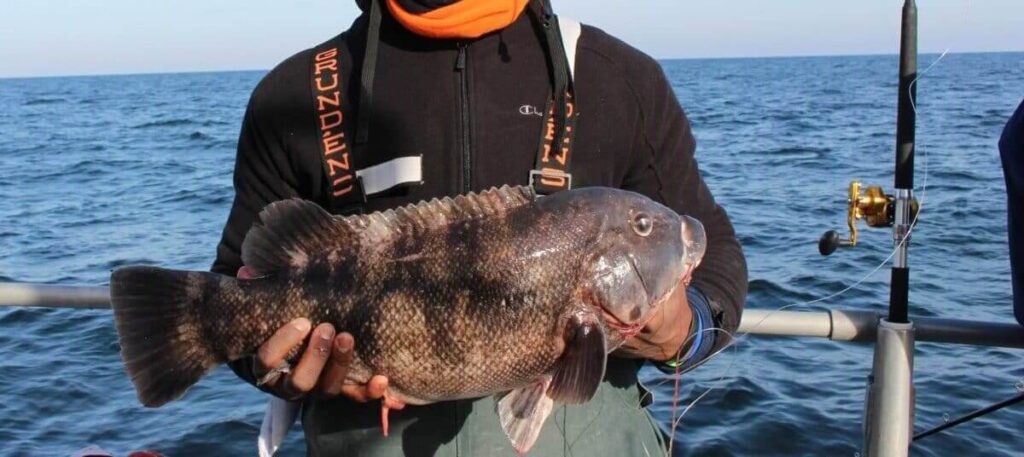
Hey there, fellow anglers! Are you ready to embark on a quest for one of the most delicious and challenging fish in the sea? We’re talking about the tautog, also known as the blackfish, a prized quarry that tests your skills and rewards you with a delectable feast. So, grab your rod, bait up your hooks, and let’s dive into the world of tautog fishing! By the end of this guide, you’ll be armed with the knowledge, tactics, and insider tips to outsmart these “tight-lipped” fish and fill your cooler with tasty tog.
Before we even think about casting a line, let’s get inside the mind of a tautog. Trust me, understanding their behavior is like having a secret map to their underwater lair. It’s the difference between fishing blindly and strategically placing your bait right where those tog are lurking, ready to pounce.
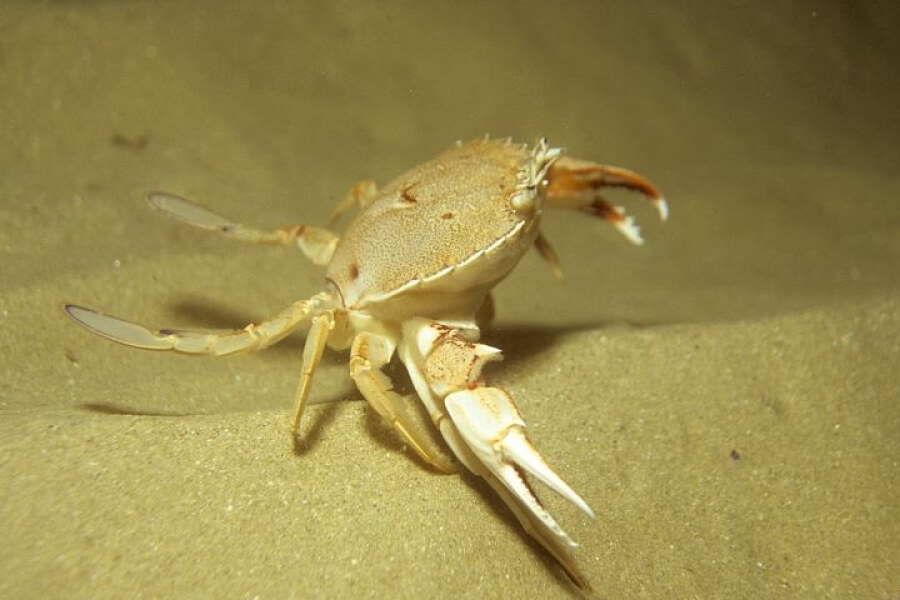
Tautog are bottom-dwellers with a penchant for crustaceans. They’re particularly fond of crabs, mussels, and other shellfish that they crush with their powerful jaws. Think of them as the seafood connoisseurs of the ocean floor.
But here’s the kicker: their feeding habits can change depending on the season, tide, and water temperature. In the spring and fall, when the water is cooler, tautog are more active and feed aggressively. During the summer and winter, when the water is warmer or colder, they tend to slow down and become more selective feeders.

Tautog are creatures of structure. They love to hang out around rocky bottoms, jetties, wrecks, and artificial reefs. Think of these structures as their underwater cities, providing them with shelter, ambush points, and a steady supply of food.
I remember one time fishing off the coast of Rhode Island. We were anchored near a shipwreck, and the tautog were stacked up like cordwood. Every cast resulted in a bite, and we were reeling in fish left and right. It was a tautog bonanza!
Tautog aren’t just homebodies; they like to travel. In the spring, as the water warms up, they migrate inshore from their deeper wintering grounds. During the summer, they spread out along the coast, inhabiting a variety of rocky structures. As the water cools in the fall, they start to move back offshore to deeper water.
Understanding these seasonal movements is essential for targeting tautog throughout the year. In the spring and fall, you might focus your efforts on nearshore reefs and jetties. In the summer, you might explore deeper wrecks and offshore structures.
Now that we’ve got a handle on tautog behavior, let’s talk about the gear you’ll need to wrangle these bottom-dwelling bruisers.
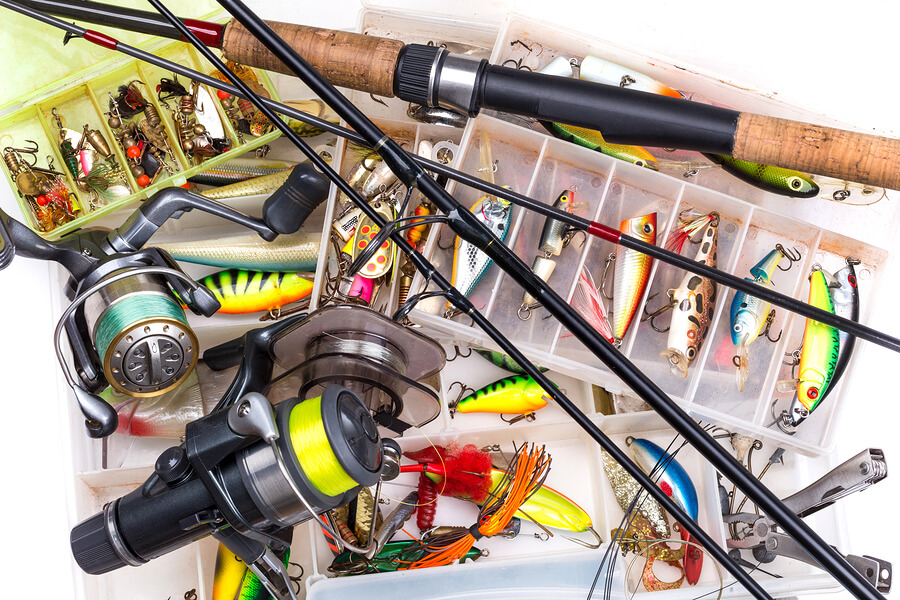
Tautog are known for their powerful fights, so you’ll need a rod and reel combo that can handle the pressure. A medium to heavy action rod, 6 to 7 feet long, is a good choice. Pair it with a sturdy reel that has a smooth drag system to tire out those stubborn fish.
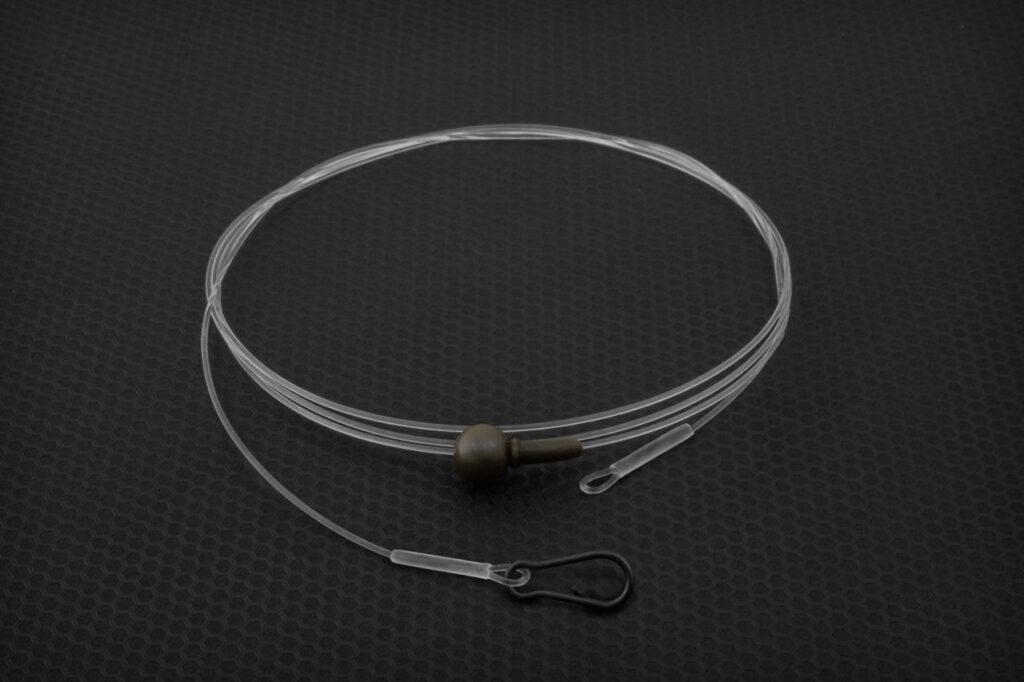
Tautog live in rocky environments, so you’ll need lines and leaders that can withstand abrasion. Braided line is a popular choice for its strength and sensitivity, but it’s important to add a fluorocarbon or monofilament leader to protect against sharp rocks and barnacles.
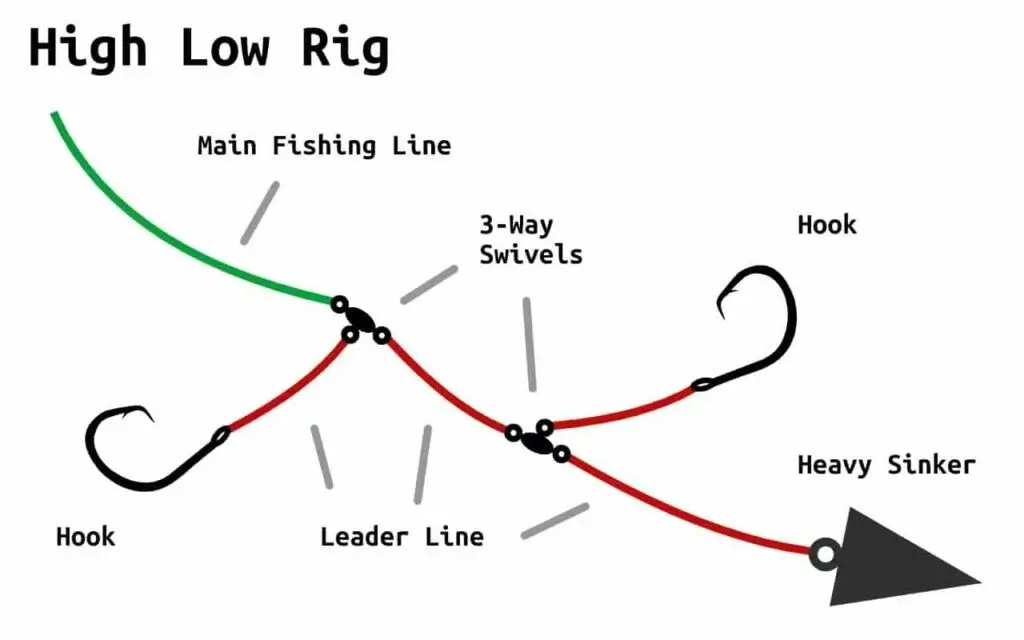
When it comes to hooks and rigs, there are a few tried-and-true options for tautog fishing.
The key is to use sharp hooks that are strong enough to penetrate the tautog’s tough mouth.
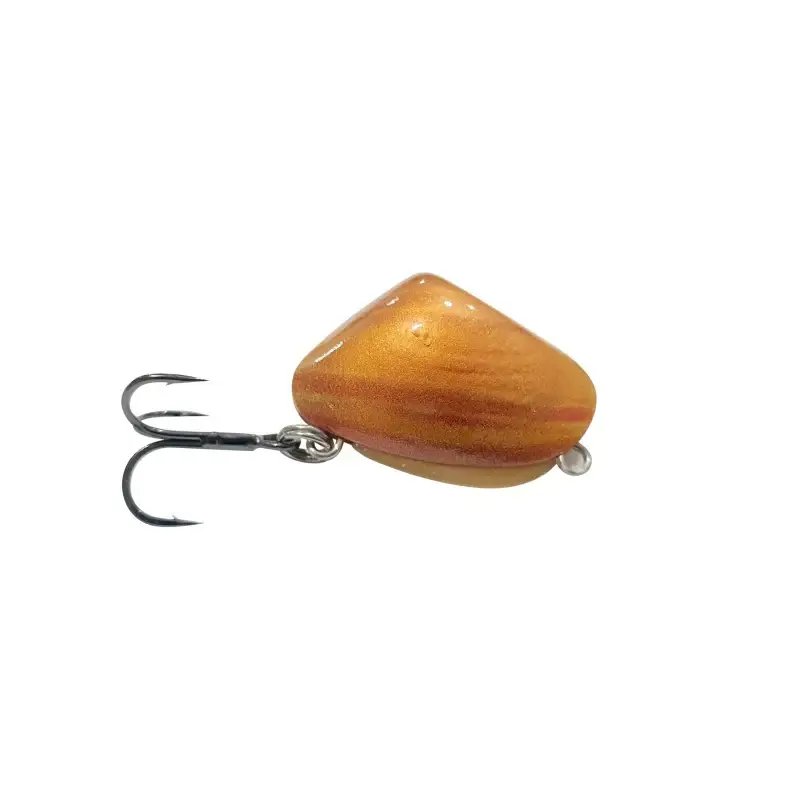
Tautog are suckers for crustaceans, so your bait selection is crucial. Green crabs, fiddler crabs, clams, and mussels are all top choices. Fresh bait is always preferred, but frozen bait can also be effective.
Now that you’re geared up and baited up, let’s explore some proven techniques for catching tautog.
The most common technique for tautog fishing is bottom fishing. This involves anchoring or drifting near structure and presenting your bait on the bottom. Tautog are notorious for their subtle bites, so it’s important to pay close attention to your line and set the hook quickly when you feel a nibble.
Jigging is another effective technique for tautog, especially in deeper water or when the fish are less active. It involves using a jig to mimic the movement of a small crustacean or baitfish. The key is to keep your jig close to the bottom and use a subtle up-and-down motion to attract the tautog’s attention.
Now that you’ve mastered the basic techniques, let’s dive into some insider tips that will help you catch more tautog.
The key to successful tautog fishing is finding the right structure. Look for rocky bottoms, jetties, wrecks, and artificial reefs. These areas provide the ideal habitat for tautog, and they’re often teeming with these tasty fish.
Use your electronics, like fish finders and GPS, to locate structure and identify areas where tautog are likely to be holding. You can also consult charts and maps to find potential hotspots.
Tides and currents play a big role in tautog fishing. Tautog are more active during moving tides, especially when the current is slacking off or changing direction. This is when they’re most likely to be feeding.
Pay attention to the tide tables and plan your fishing trips accordingly. You can also use current charts to identify areas where the current is likely to be favorable for tautog fishing.
Tautog can be finicky feeders, so patience and persistence are key. Don’t get discouraged if you don’t catch fish right away. Keep trying different baits, rigs, and techniques until you find what works.
Remember, the thrill of the catch is often in the pursuit. The more time you spend on the water, the more you’ll learn about tautog behavior and the better you’ll become at catching them.
Congratulations! You’ve now completed the ultimate guide to tautog fishing. You’ve learned about their behavior, their preferred habitats, and the best techniques for catching them. You’ve also been equipped with tips and tricks from a seasoned angler to help you take your tautog game to the next level.
Now it’s time to put your knowledge to the test. Get out there on the water, explore new spots, and experiment with different techniques. Remember, the most important thing is to have fun and enjoy the journey. Tight lines, my friends!